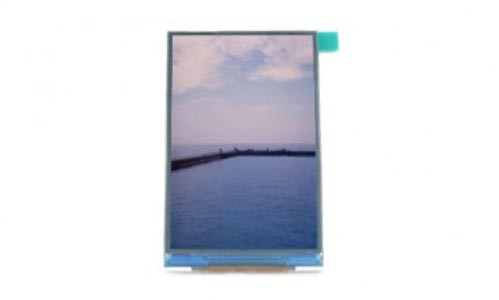Are TFT LCD any good?
Views: 341 Update date: Jul 30,2024
TFT (Thin Film Transistor) LCDs (Liquid Crystal Displays) are widely used in various electronic devices and have several advantages and disadvantages. Here's a breakdown of their pros and cons:
requiring high frame rates.
Conclusion
TFT LCDs are a solid choice for many applications, offering a good balance of performance, affordability, and power efficiency. They are particularly well-suited for devices where high image quality and low power consumption are important, such as laptops, tablets, and smartphones. However, for applications requiring the best color accuracy, contrast, and viewing angles, other technologies like IPS or OLED might be preferable.
Advantages of TFT LCDs
1. High Image Quality:
TFT LCDs offer sharp and clear images with good color reproduction and contrast ratios.2. Fast Response Times:
They typically have faster response times compared to older types of LCDs, reducing motion blur in fast-moving images.3. Wide Viewing Angles:
While not as wide as some other display technologies like IPS (In-Plane Switching) panels, TFT LCDs still offer reasonable viewing angles.4. Low Power Consumption:
TFT LCDs consume less power compared to traditional CRT (Cathode Ray Tube) displays, making them more suitable for portable devices.5. Thin and Lightweight:
These displays are slim and light, making them ideal for use in laptops, smartphones, and other portable electronics.6. Affordability:
TFT LCDs are generally more affordable than some of the newer display technologies, offering a good balance between cost and performance.Disadvantages of TFT LCDs
1. Limited Color Accuracy:
While improved over older technologies, the color accuracy of TFT LCDs is often inferior to that of IPS or OLED displays.2. Narrow Viewing Angles:
TFT LCDs can suffer from color and contrast shifts when viewed from angles other than straight on.3. Lower Contrast Ratios:
The contrast ratios are typically lower than those of OLED displays, which can affect the depth and richness of the displayed colors.4. Backlight Bleeding:
Some TFT LCDs can exhibit backlight bleeding, where the light source behind the display leaks through in unintended areas, affecting image quality.5. Slower Refresh Rates:
They generally have slower refresh rates compared to OLED displays, which can be a disadvantage for gaming and other applicationsrequiring high frame rates.
Conclusion
TFT LCDs are a solid choice for many applications, offering a good balance of performance, affordability, and power efficiency. They are particularly well-suited for devices where high image quality and low power consumption are important, such as laptops, tablets, and smartphones. However, for applications requiring the best color accuracy, contrast, and viewing angles, other technologies like IPS or OLED might be preferable.




